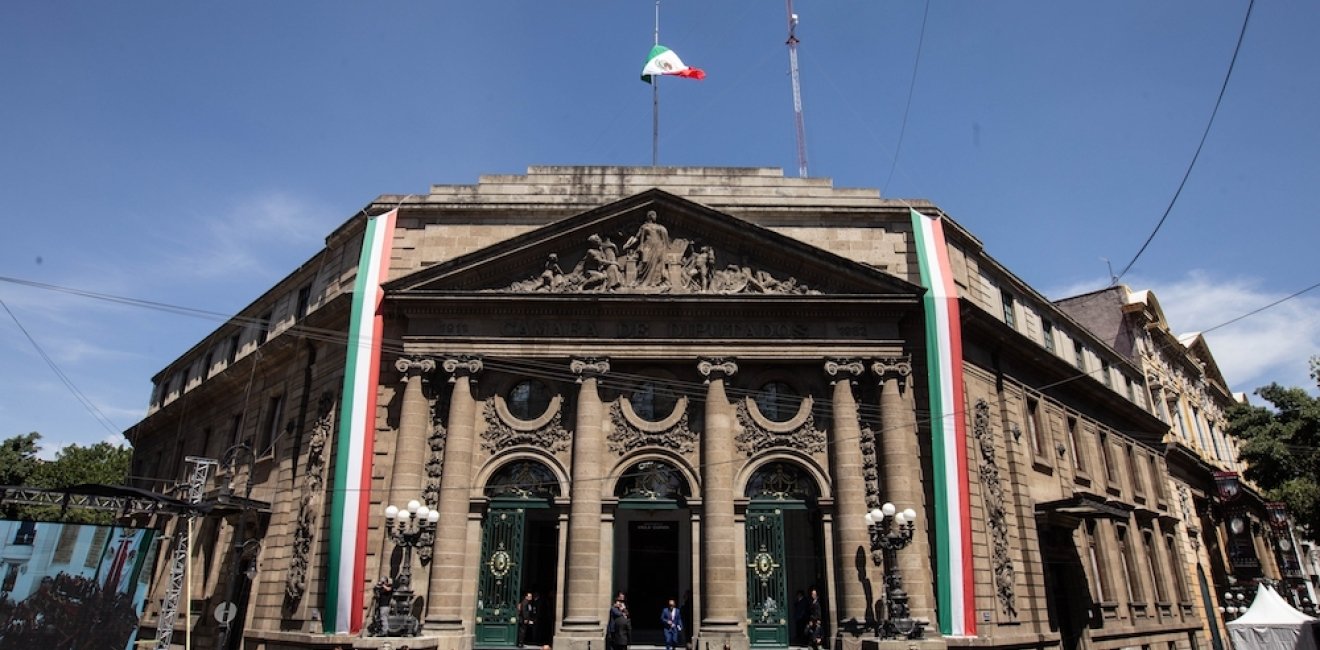
The country consists of 31 states, plus the federal district, known as Mexico City (or CDMX, for short). Until 2016, it was referred to as the Distrito Federal, but a constitutional reform changed the capital city’s name as a means to decentralize power from the federal government. Government authority and power is highly centralized in Mexico, with Mexico City as the country’s primary hub for politics, business, and innovation.
Each of Mexico’s 31 states, plus Mexico City, utilizes a presidential government system in which the governor is the head of state (and in the case of Mexico City, the Chief of Government). Governors serve terms of six years and are ineligible for reelection. The state-level legislative branch consists of single-chambered bodies referred to as local congresses. Members serve three-year terms and as of the 2014 constitutional reform, it is up to the discretion of state constitutions to determine whether or not re-election is permitted, which is capped at four consecutive terms. In Mexico City, the legislative branch is referred to as the legislative assembly and members serve three-year terms. Each state has its respective supreme court. As stipulated in the Constitution, Mexico utilizes municipalities for “territorial, political, and administrative division.” The country boasts 2,441 municipalities, each with a municipal town hall that consists of the municipal president plus officers and trustees - all of whom are elected via direct and public voting.
At the federal level, the president is the head of the executive branch and serves as the Chief of State and the Army. The president is elected for a six-year term via direct election by a relative or simple majority. Presidential re-election is strictly prohibited in the Mexican constitution.
Mexico’s federal legislative branch consists of a bicameral legislature, known as el Congreso de la Unión, and includes the upper chamber, la Cámara de Senadores, and, the lower chamber, la Cámara de Diputados. The upper chamber has 128 members who are elected for six-year terms. Following the 2014 electoral reform, senators may be re-elected for up to two consecutive terms. Each state has three senators, but seats are allocated via a relative majority. Two senate seats are allocated to the party or coalition with the most votes received. The third seat is allocated to the party or coalition with the second highest number of votes. The remaining 32 seats are allocated via proportional representation (the proportional formula includes "the natural quotient and higher remainder").
The lower chamber of congress has 500 members, known as deputies, each of whom serves a term of three years. Deputies are eligible for re-election for up to four consecutive terms, as per the 2014 electoral reform. The election process for the lower chamber entails a personalized proportional representation system in which 300 deputies are elected by a relative majority in single-member districts (determined according to the percentage of the population living in the state and no state may have less than two federal single-member districts). 200 deputies are elected by proportional representation which is further detailed here by the INE.
Author

Explore More
Browse Insights & Analysis
WILSON CENTER ANNOUNCES NEW COMPETITION FOR 2026-2027 RESEARCH FELLOWS

On the Border of War
